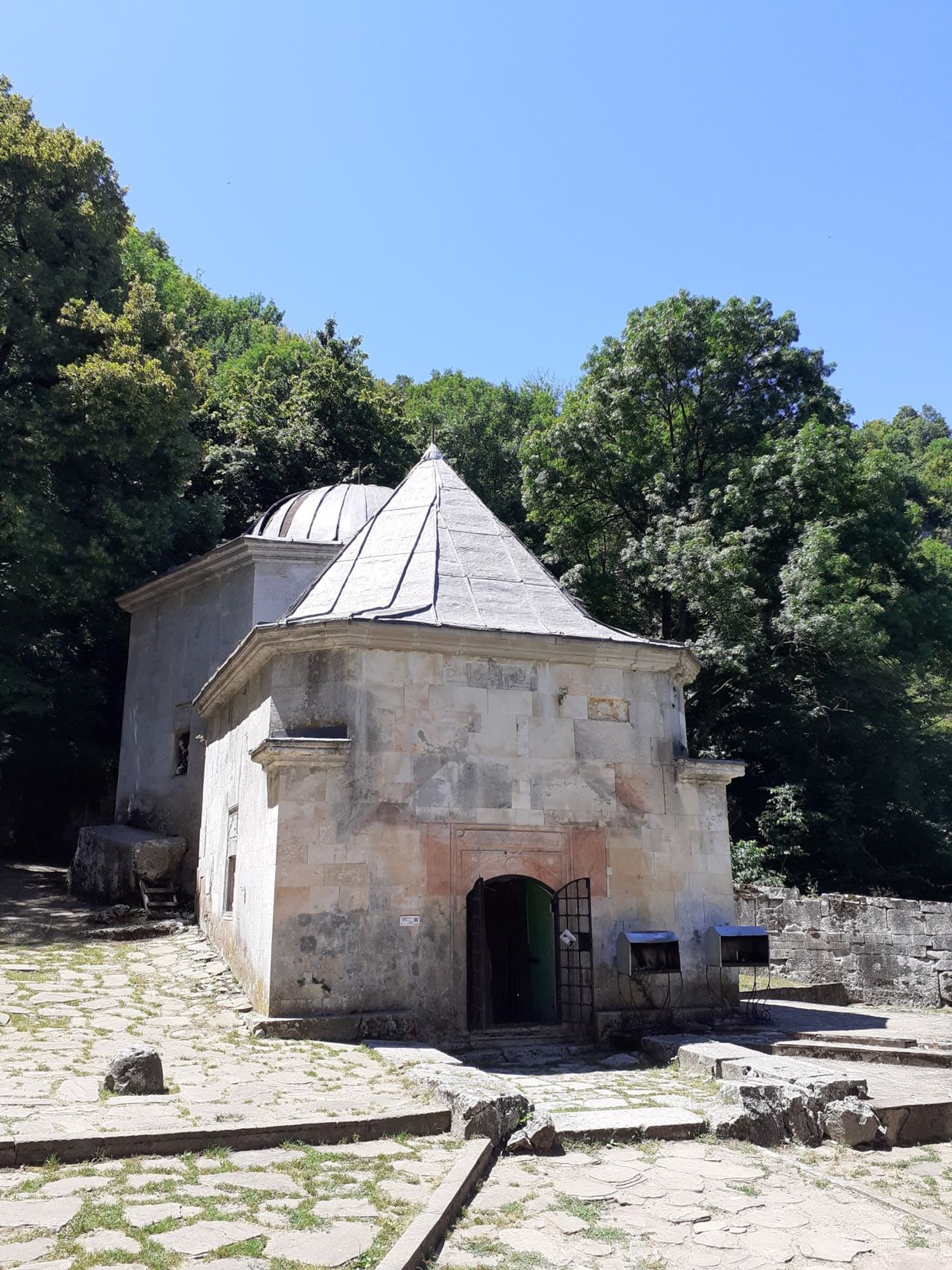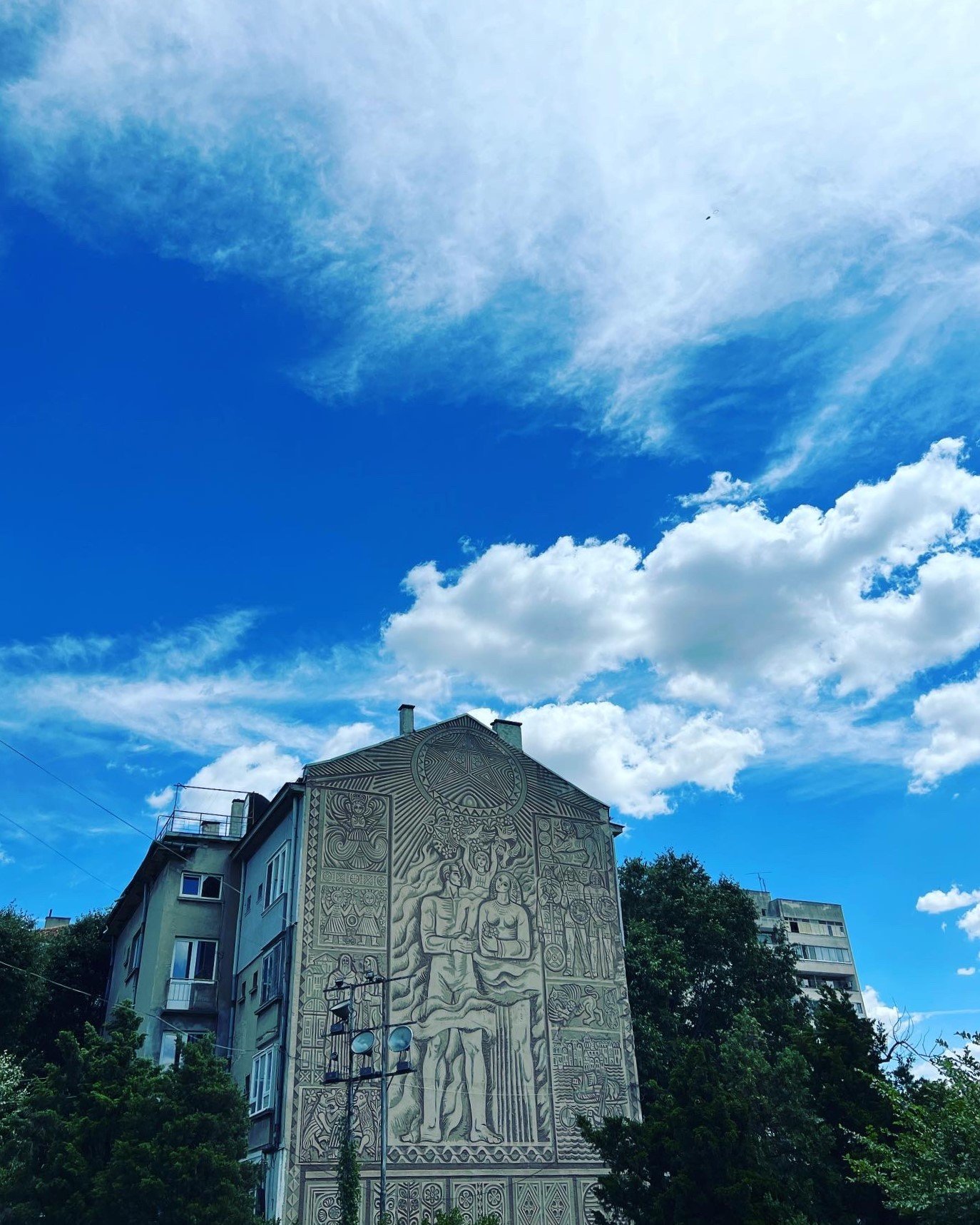BULGARIA Dream
This trip held a slight change of trajectory or really may be it was realigning to a more authentic one. I wanted to connect with the spiritual nature or the nature of spirituality. It is not empirically proven my dr scientist devil on my shoulder shouts. People think artists are the hecklers, oh no no no. The artist angel on my other shoulder, happy to be hippy or have the odd witty protest sign and some interpretative dance.
The scientist devil on the other er scapula, this one I mean. Cantankerous as fuck – and armed with evidence.
Spirituality ? Why ? Well there are some things unexplained. I don’t mean most of the universe which we have blanket names Dark Matter and Dark Energy. I mean the other unexplained creepy hairs on the back of your neck that earie feeling cousins with awe.
So where to start ? Whenever you type spirituality or spiritual places into google, usually it lists religious sites and we did visit a few.
But I wanted to look under the surface. The forgotten places. The abandoned buildings.
So in Plovdiv, I managed to connect with http://abandonedbulgaria.com/. I immediately loved the concept, which he called the Dark Tour. That’s were all the secret stories hide, in contrast it was run by the very enthusiastic and breezy Genadi. He himself was a photographer and with his friends found their way into derelict urban buildings motivated mainly by curiosity. We took a whole day driving around Plovdiv visiting a variety of buildings including an old warehouse (I nearly lost my drone camera in there), an orphanage, a sanatorium, a block of flats and a brutalist monument.
Most of the buildings, I felt scared in. They were out of a horror movie. Broken dolls. ‘See you in your nightmare’ graffiti. Crumbling mottled walls with water stains or fire damage. Some of the buildings more in the city were being used by drug addicts, so be careful of used needles on the ground. Wear decent shoes. I wore sandals !



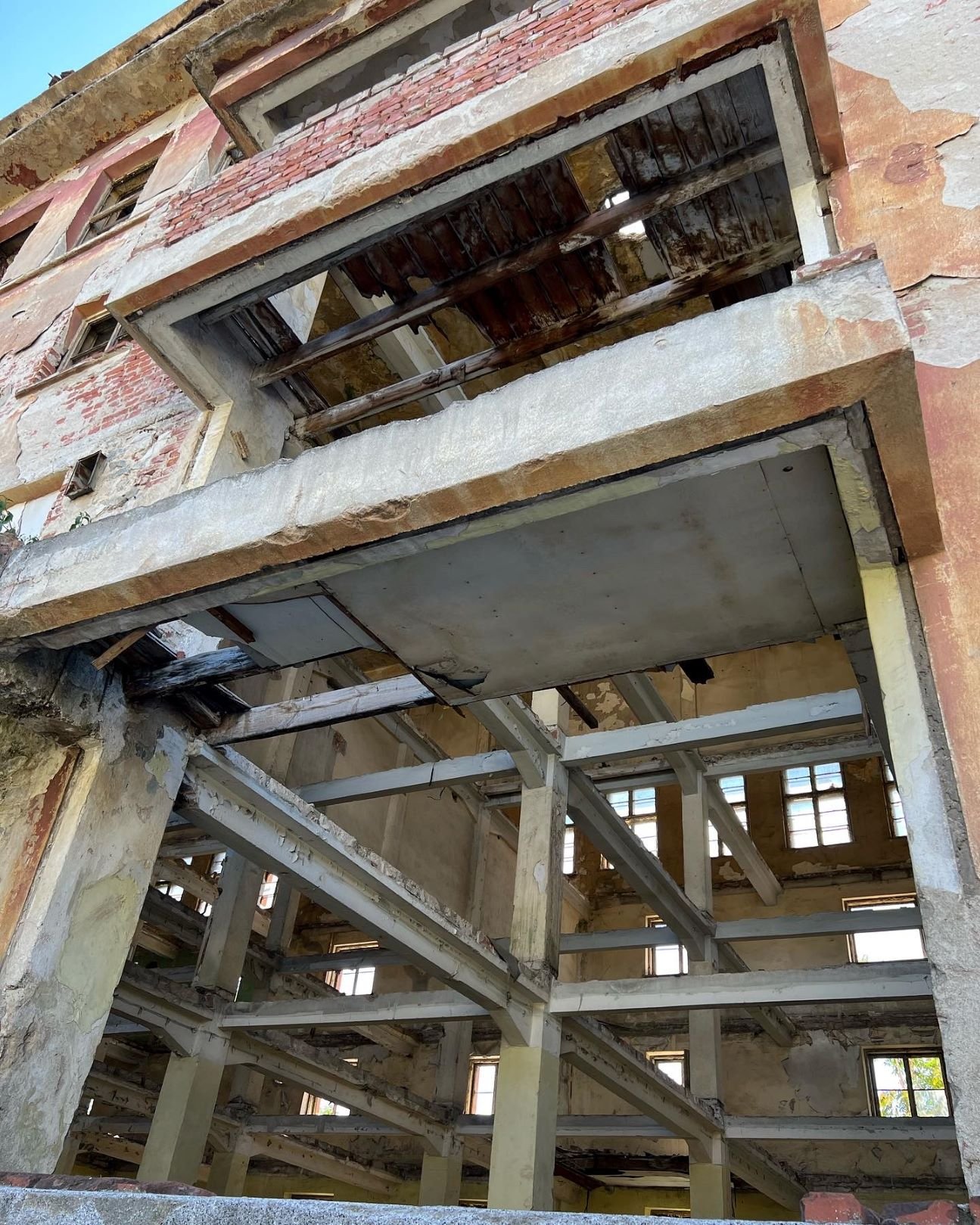


























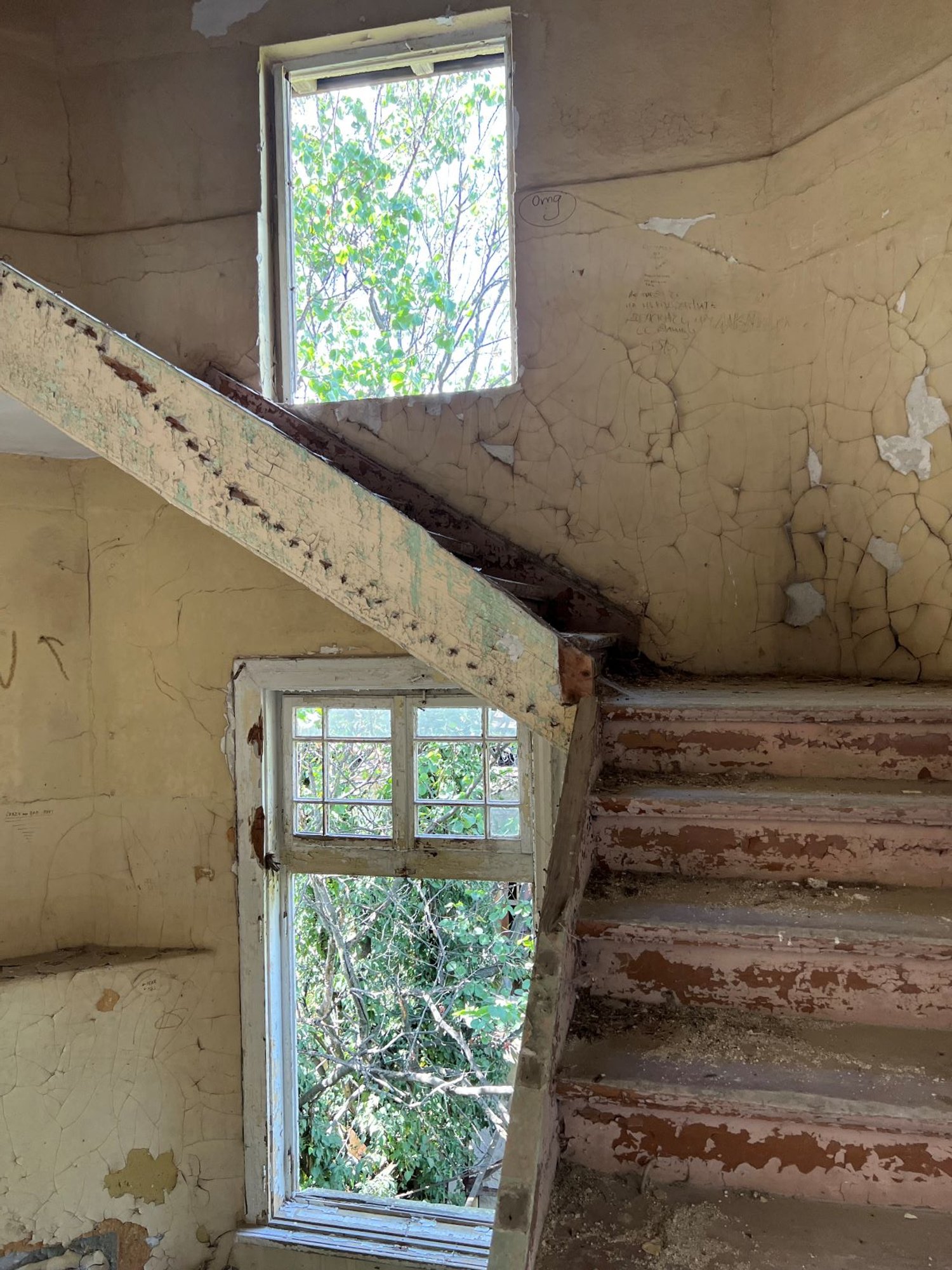

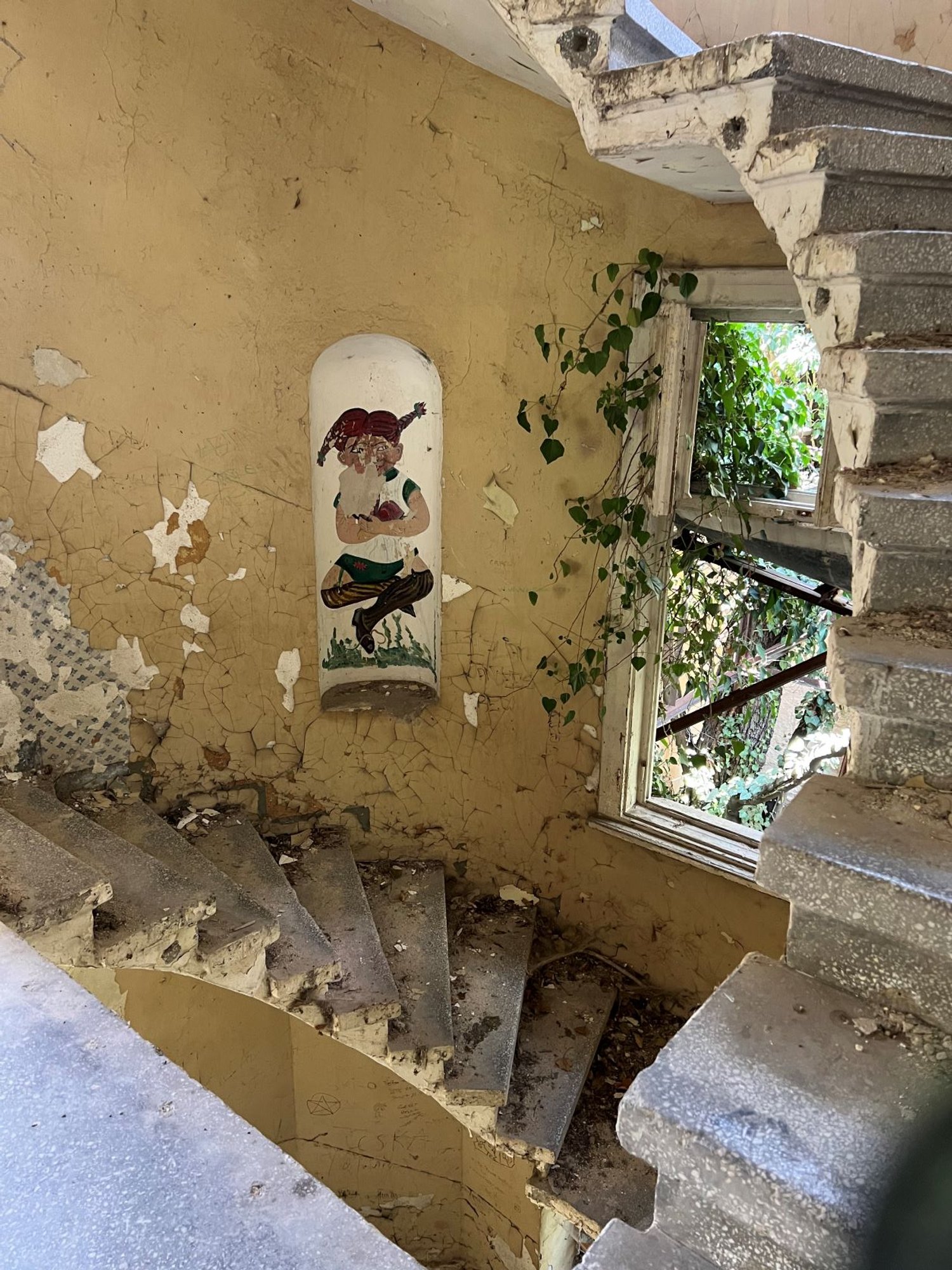
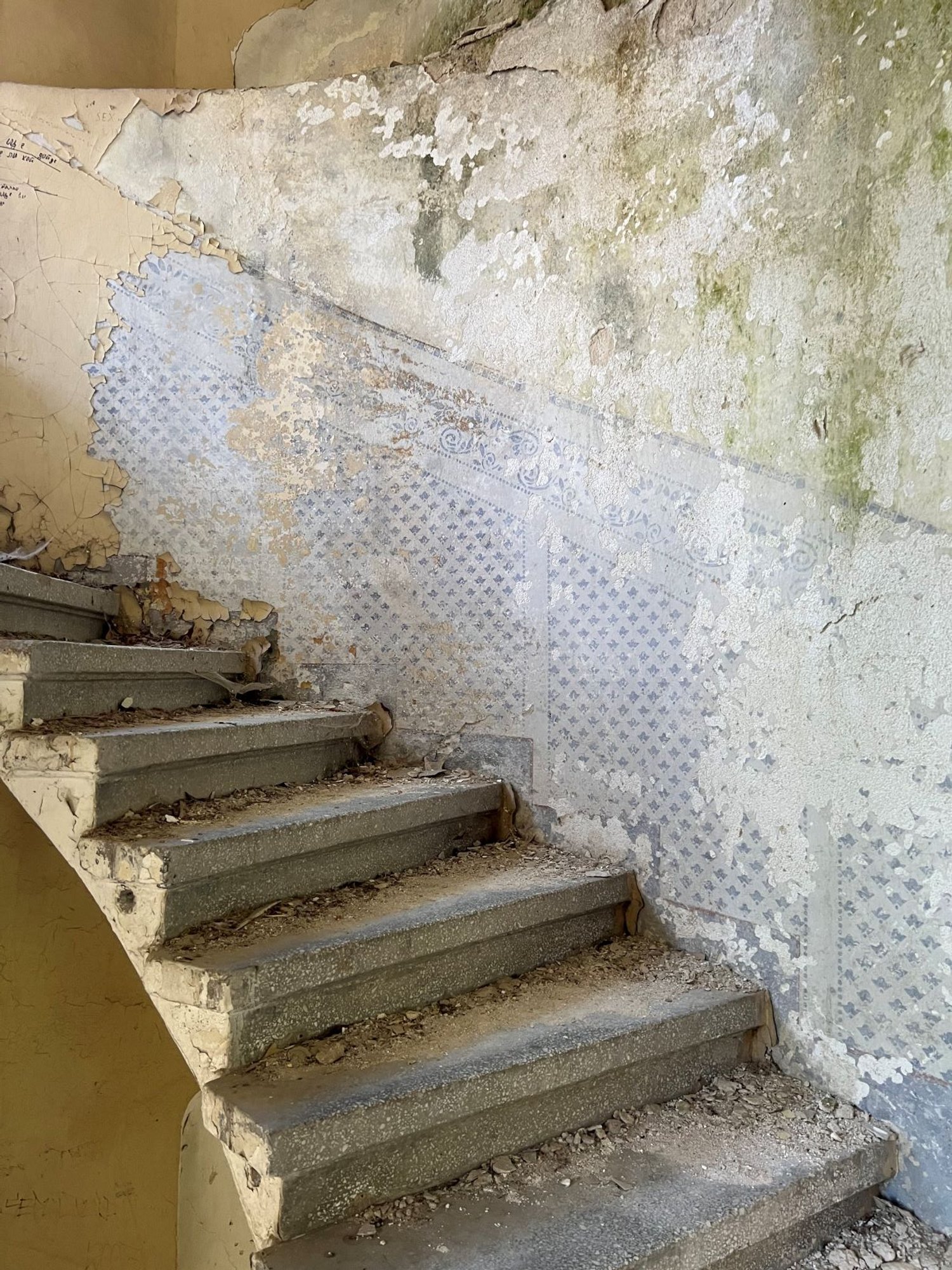





















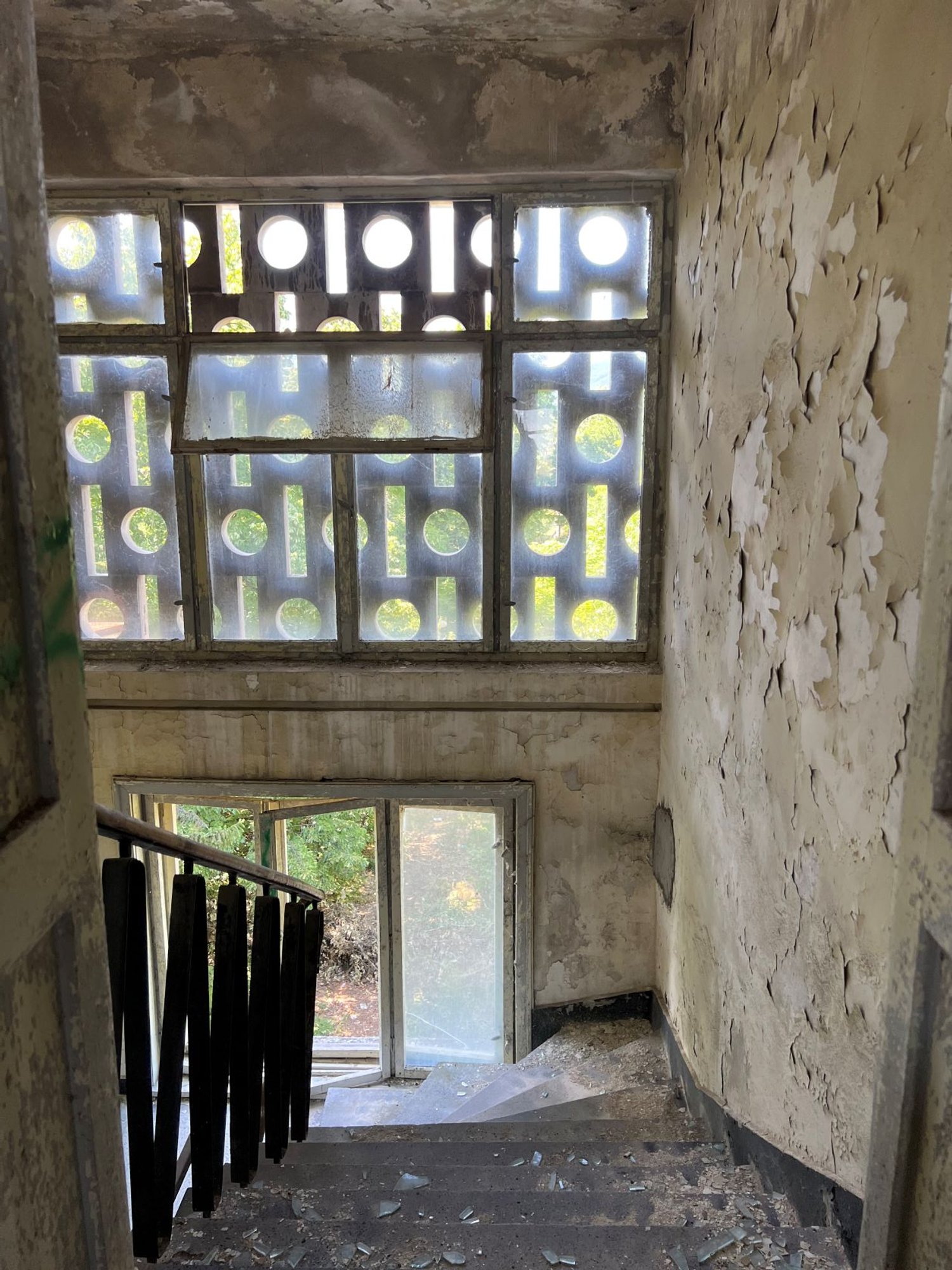

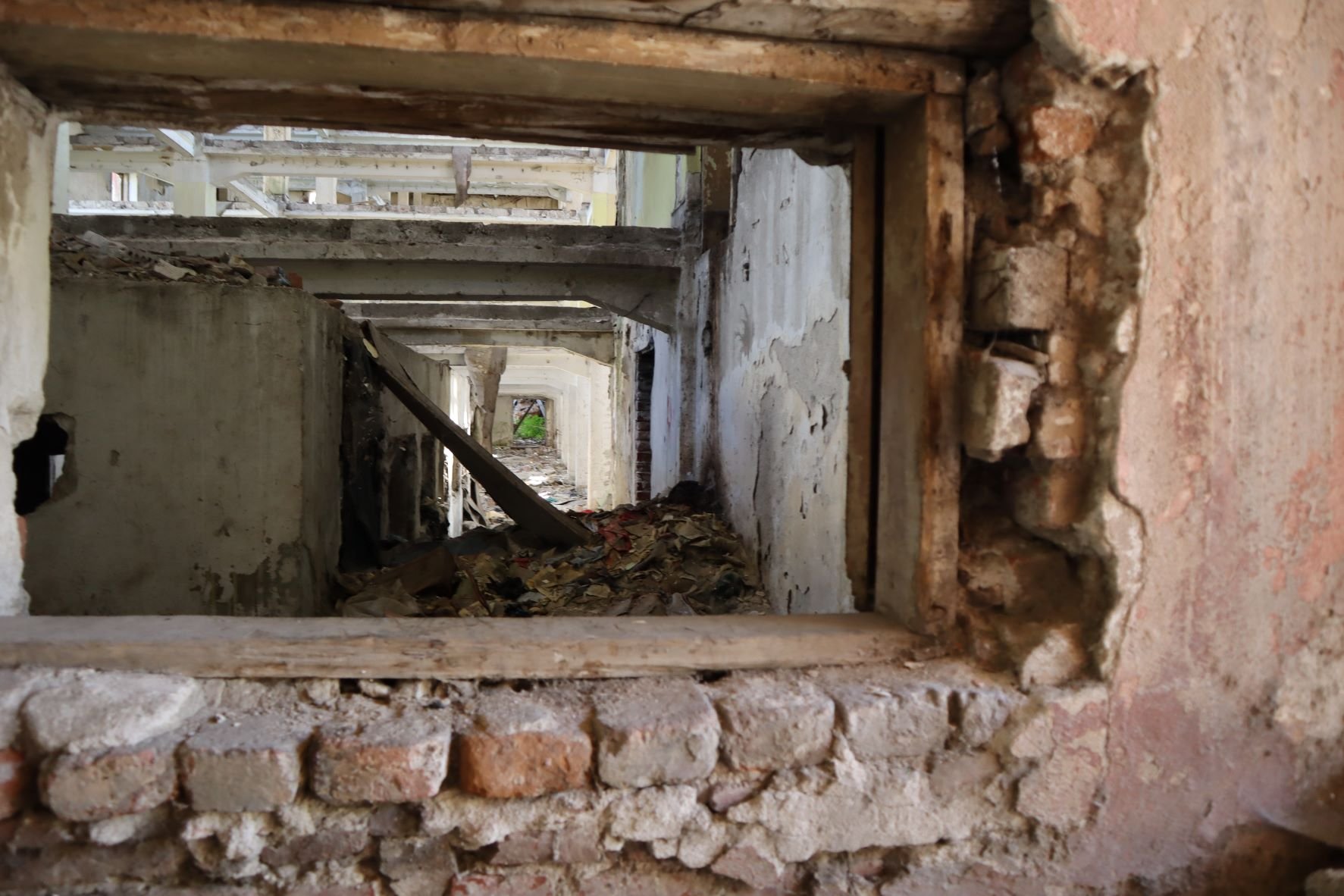











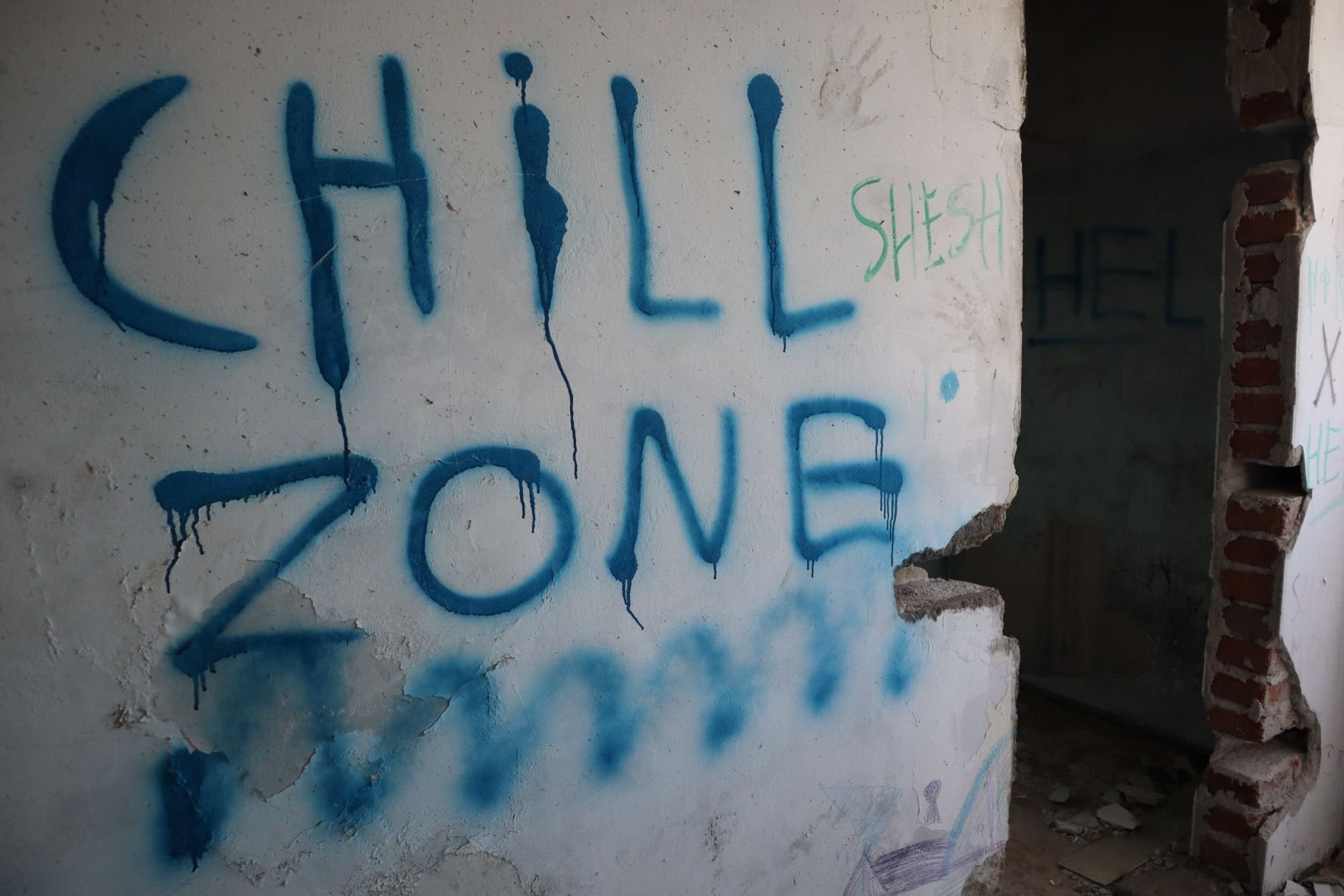




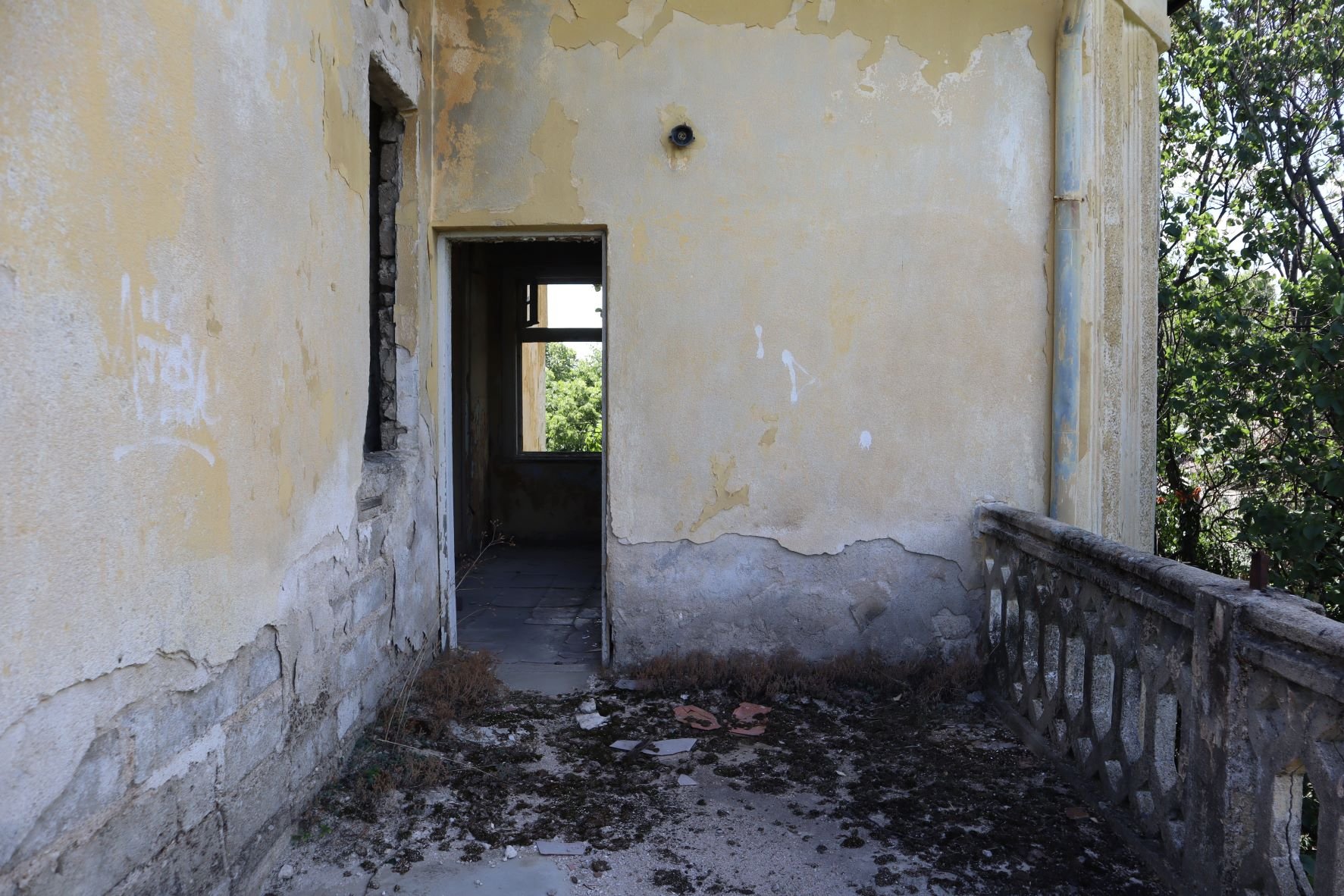
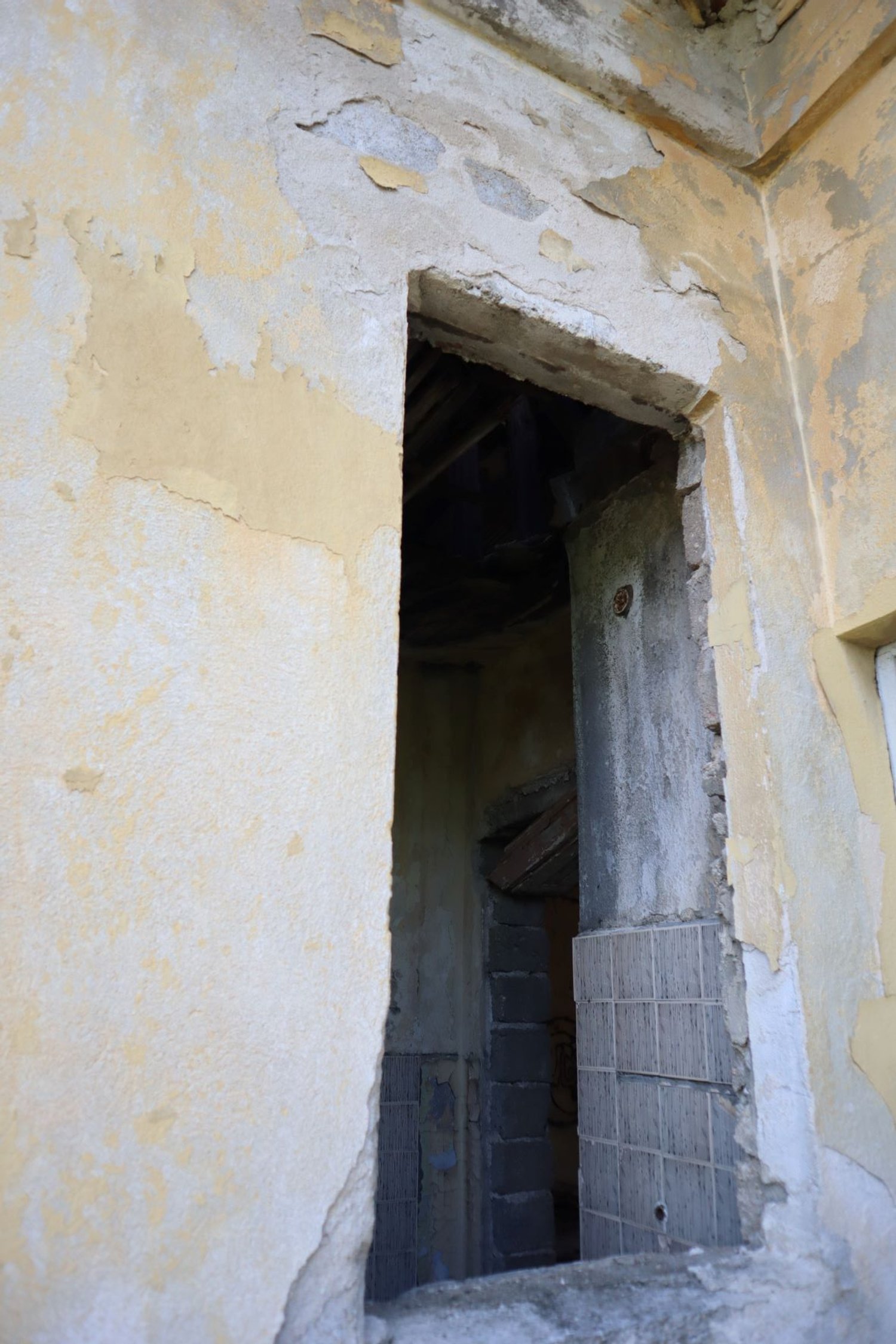




I asked Genadi about any more spiritual places he knew about. He mentioned the Sitovo Inscription. Discovered in 1928, the carved, so far undecipherable, is dated between 300 and 100 BCE.
A follow up interview with Genadi.
It was not easy to find actually so got lost a little around the quaint village of Sitovo. When we did find the post to it, it was up a steep ridge with a tumbledown path. At the top there were a number of precarious boulders, one of which had the inscription. I sat and meditated there for a few minutes. I have to say I did feel something. Definitely a calmness. I think the getting lost, no good map of it and then clamboring up and knowing that Peev who was an amateur archeologist who had first documented it, sent a copy of it to Soviet archeologists hoping they could decipher it but was shot for potential treason. He was posthumously awarded the Lenin award.
There was mention of an energy vortex in that area. Oooh that sounds fantasy level sciency - energies and vortices.
Really reaffirms the expectation of an outerbody ‘look at me being all Indiana Jones’ feeling. And actually standing next to boulders was calming. Yes when no one was looking, I hugged one. Strangely more comforting than a tree, I felt hugged back.
These other spiritual places we took from google.
Rila Monastery close to Sofia in the Rila Mountains, is the largest Eastern Orthodox monastery in Bulgaria housing, founded in the 10th Century, houses 60 monks. Stunning even in the torrential rain, built into a little valley in the mountains. Bright medieval murals and friezes depicting a variety of hell.
Demir Baba Teke, near Sveshtari, is a mausoleum for the Demir Baba, a 16th-century Alevi saint. The site was built on an ancient Thracian holy site from the 4th century BC. Though refered to as mosque it was a multi-faith sanctuary for all religions with a purifying holy water spring. ‘Demir Baba left a testament calling upon Muslims and Christians to help each other and live as brothers’.
Ivanovo rock monastery St. Archangel Michael, is 22km outside the pretty Danube city of Ruse. Founded in 1220s by the monk Yoakim and patronised by Bulgarian tsars Yoan Asen ІІ (1218-1241), Yoan Alexander (1331-1371) and other representatives of the royal court whose portraits are still preserved. Subsequently it established itself as a great spiritual and educational centre with brightly coloured wall inscriptions and pictures.
The Madara Horse Rider, AD 705 and 801 set in a complex of rocks and caves which where prehistoric dwellings with artefacts
Chapel of St. Panteleimon Some of the many caves, located at different levels, were used for churches, chapels, tombs and monastic cells. In one of the caves, which was used as a church, is located today the restored rock chapel "St. Panteleimon".
Sozopol is a small seaside resort on the Black Sea dating back to the Bronze Age with a number of Roman ruins, medieval churches and old style houses.
Rila is generally known as one of the most cosmically energetically places on earth. And within the mountains, there are 7 lakes adopted by group The Universal White Brotherhood movement who dance the paneurhytmy, connecting to each other and to nature in mid-august. Paneurhythmy originates from the spiritual (esoteric Christian) teachings of Peter Deunov (Beinsa Douno (1864-1944)).

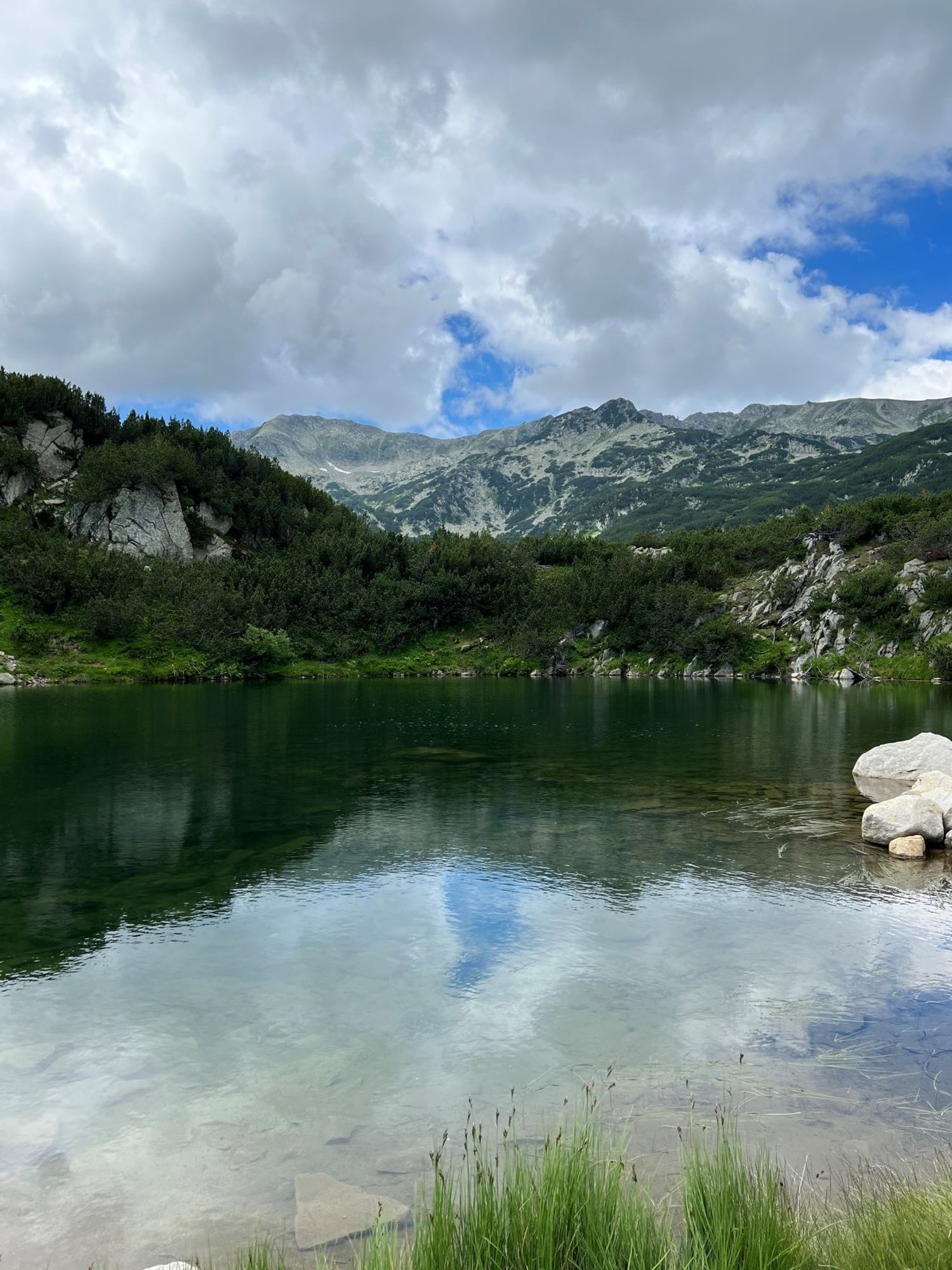


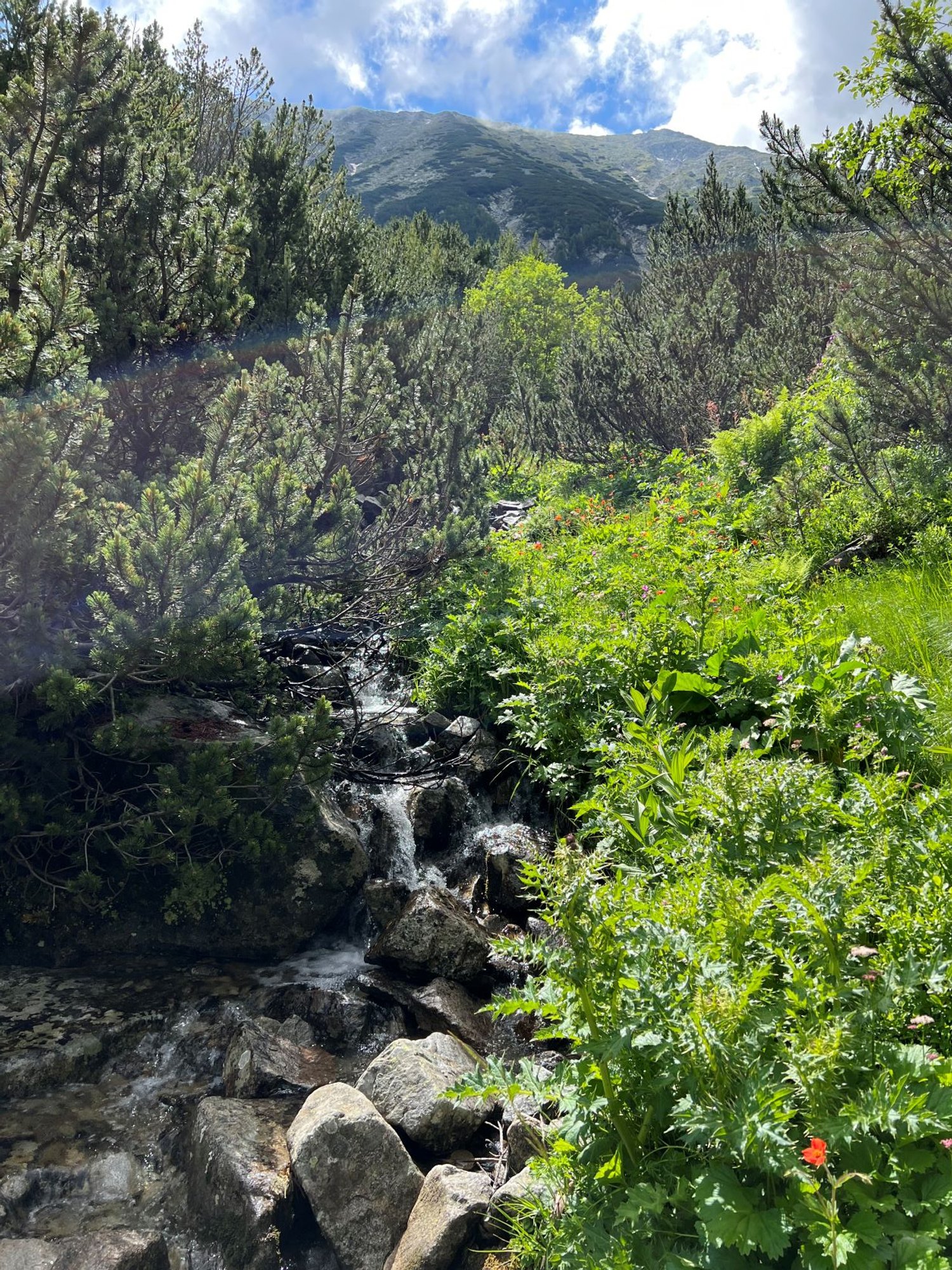

St. Alexander Nevsky Cathedral Built in Neo-Byzantine style, it serves as the cathedral church of the Patriarch of Bulgaria and it is one of the 50 largest Christian church buildings by volume in the world. It is the largest cathedral in the Balkans. It is believed that up until the year 2000 it was the largest finished Orthodox cathedral.







